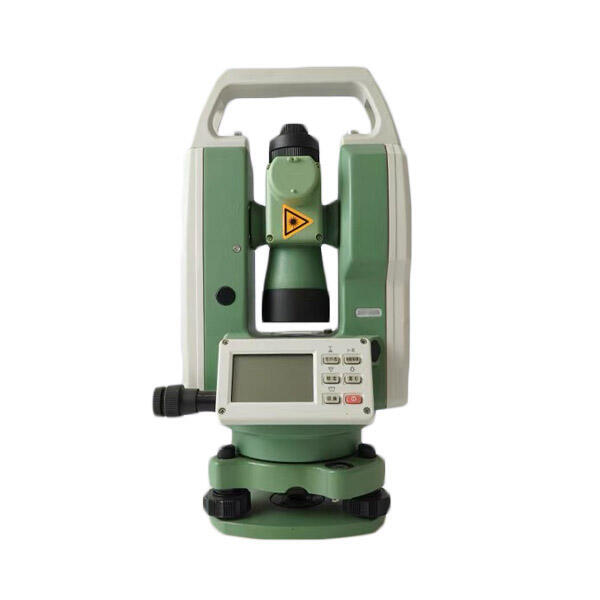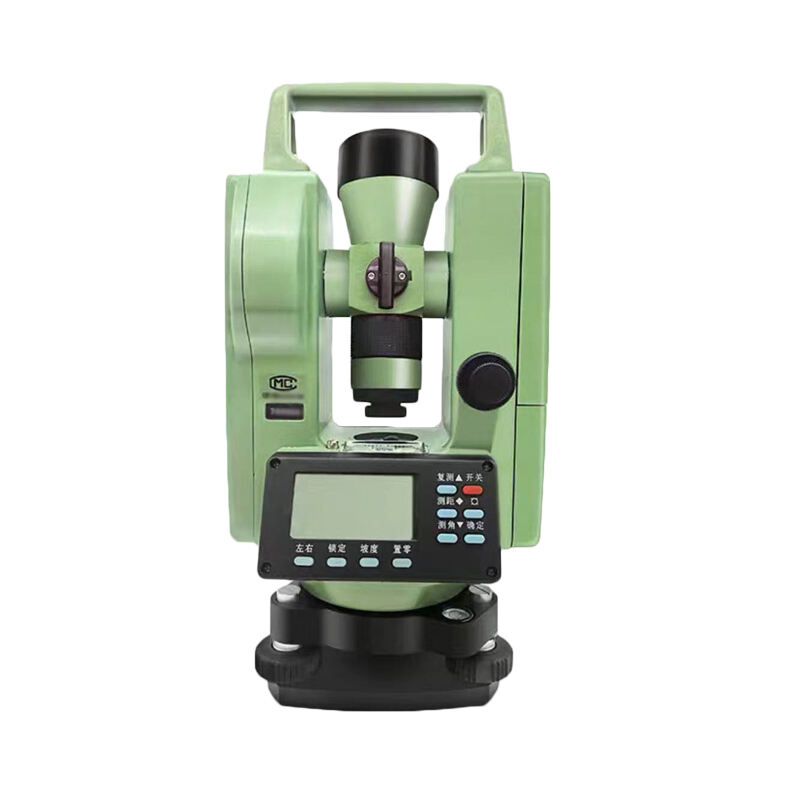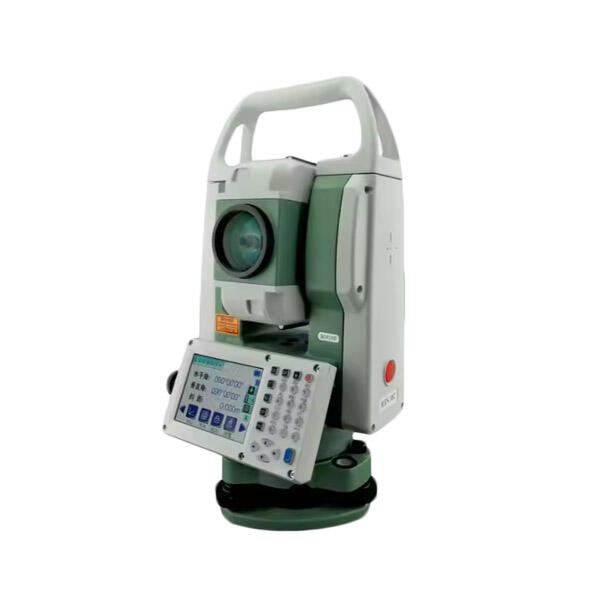a theodolite
A theodolite is a precision optical instrument designed for measuring both horizontal and vertical angles in surveying, engineering, and construction applications. This sophisticated device consists of a telescope mounted within two perpendicular axes, allowing for precise angular measurements in both horizontal and vertical planes. Modern theodolites incorporate electronic components and digital displays, transforming them into highly accurate measuring tools capable of achieving precision levels up to 0.5 arc seconds. The instrument operates by using a system of graduated circles or electronic sensors to determine angles, while its telescope provides accurate sighting of distant targets. Contemporary models often include features such as electronic data storage, automatic compensation for environmental factors, and digital output capabilities. The device's primary components include the alidade (the rotating upper part), the telescope with crosshairs for precise targeting, leveling screws for accurate setup, and optical plummets for centering over survey points. Theodolites are extensively used in construction projects, land surveying, building alignment, tunnel guidance, and various engineering applications where precise angular measurements are crucial. Their ability to maintain accuracy over long distances makes them invaluable in large-scale construction and infrastructure projects.


